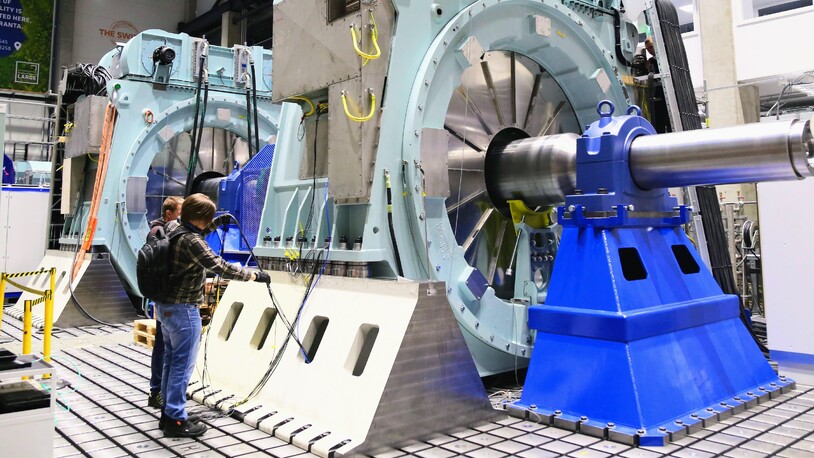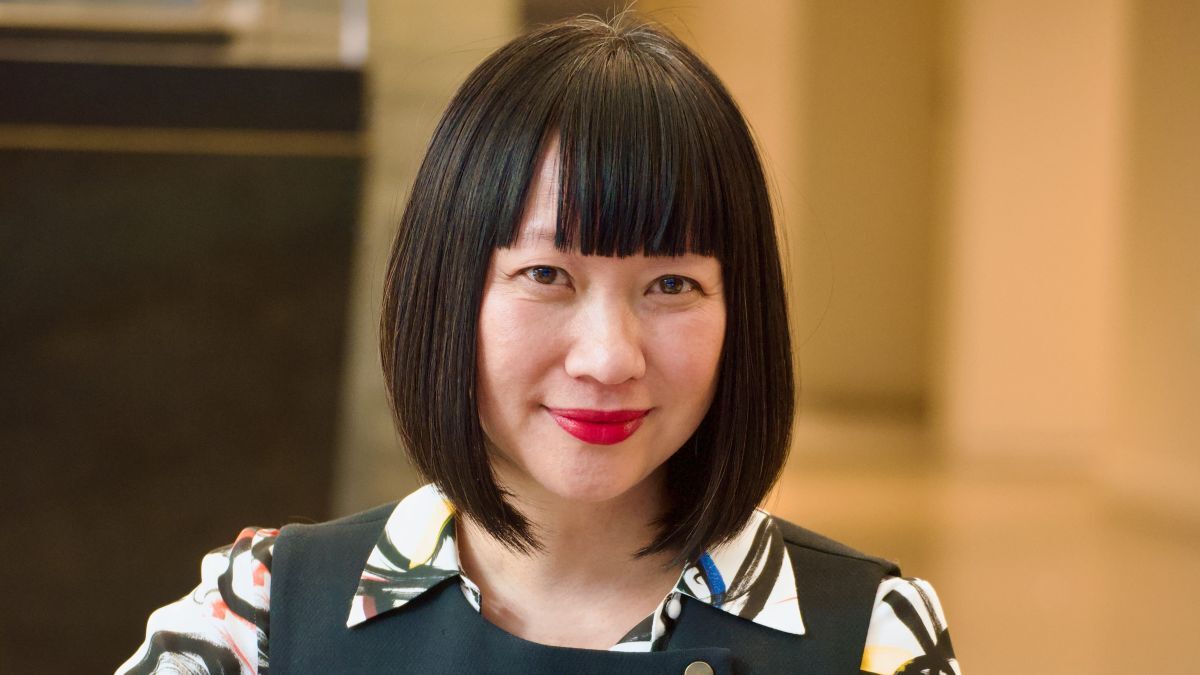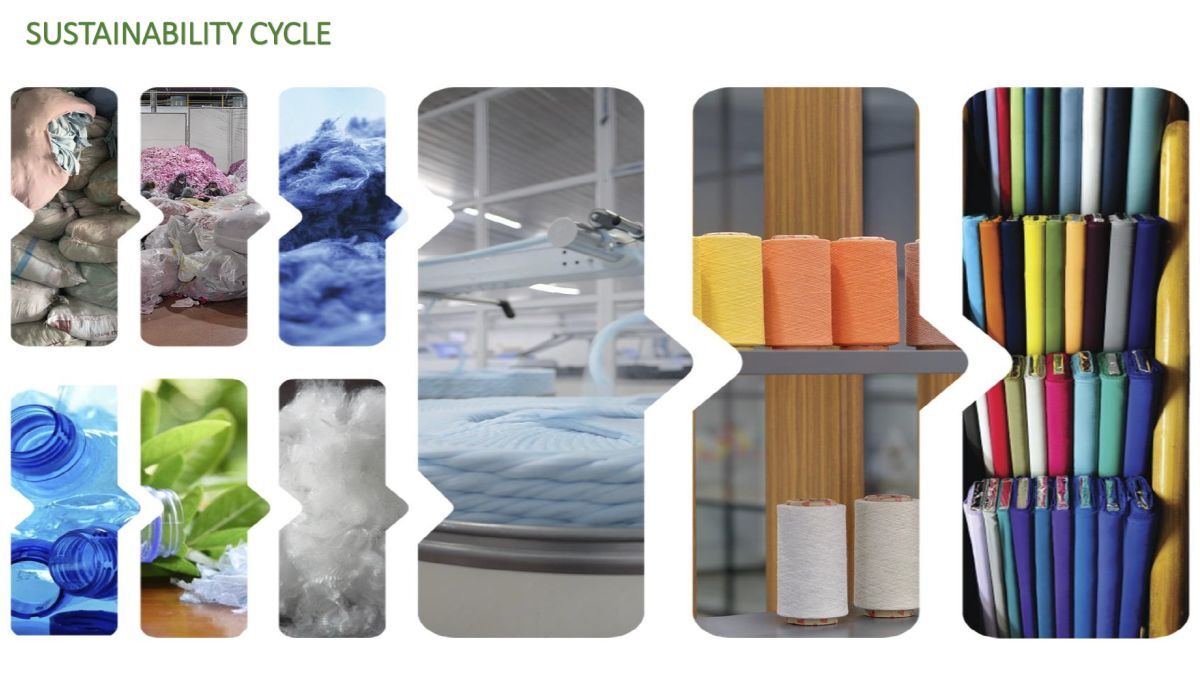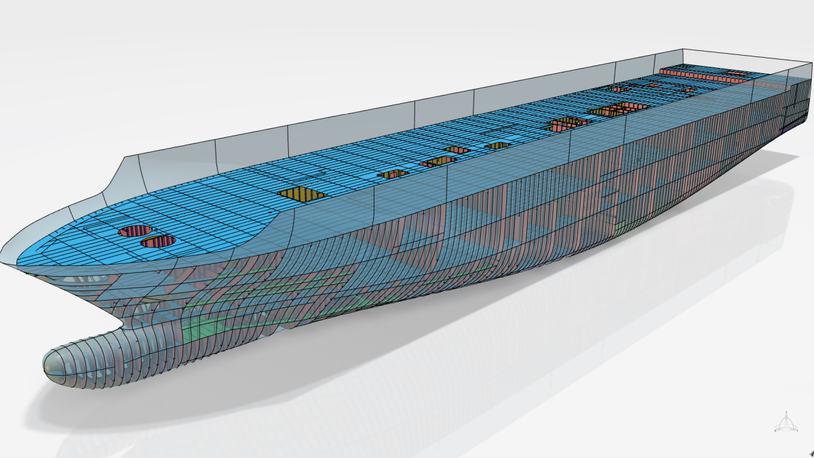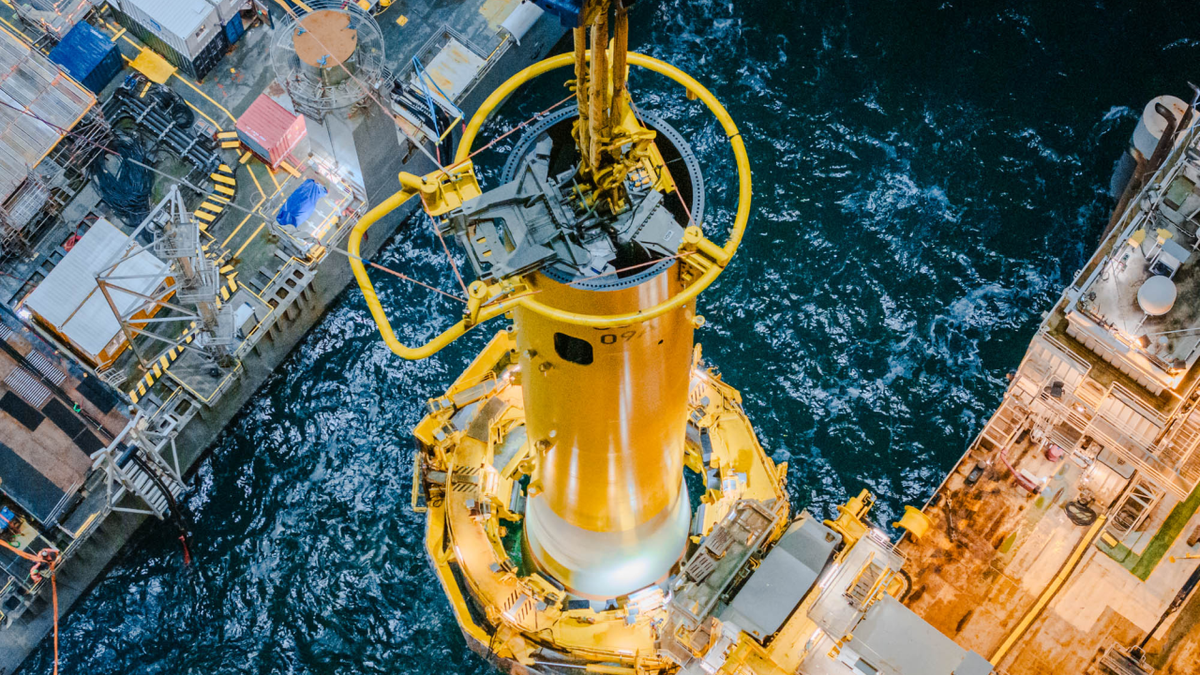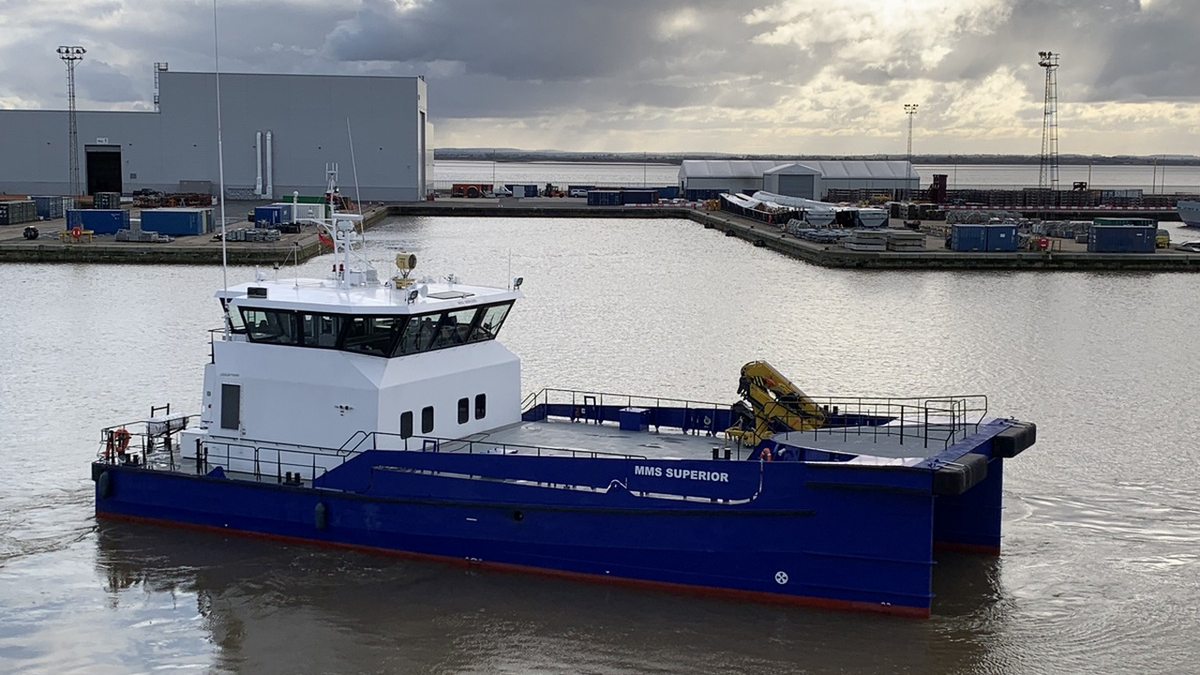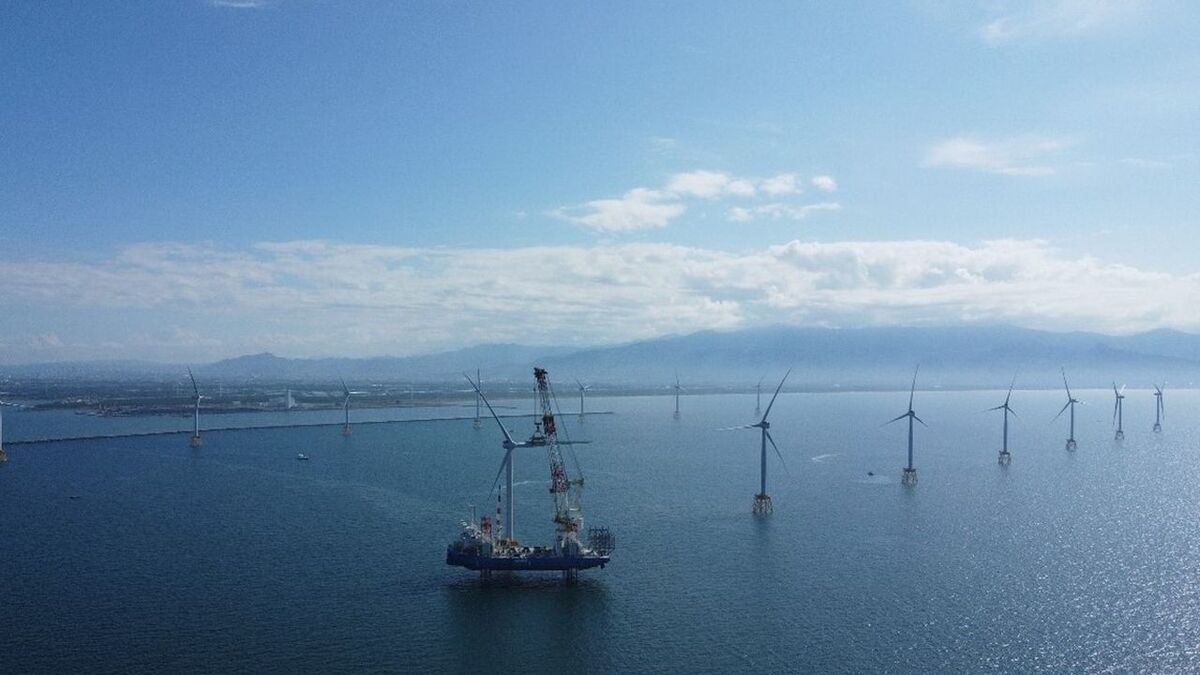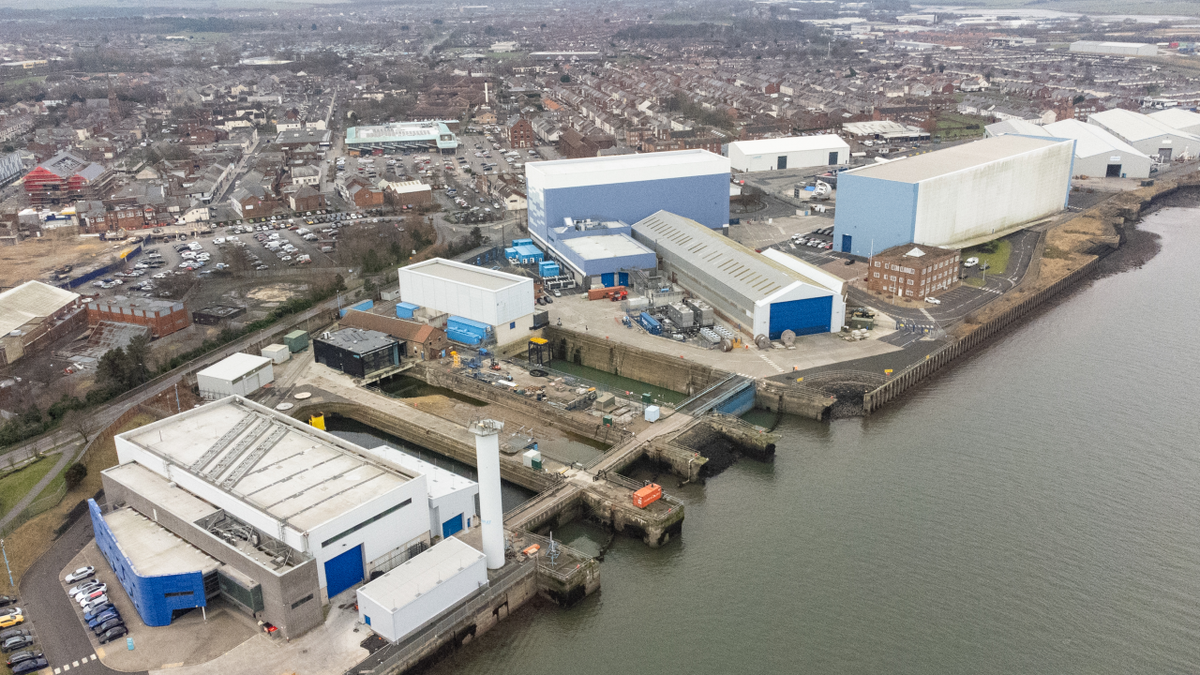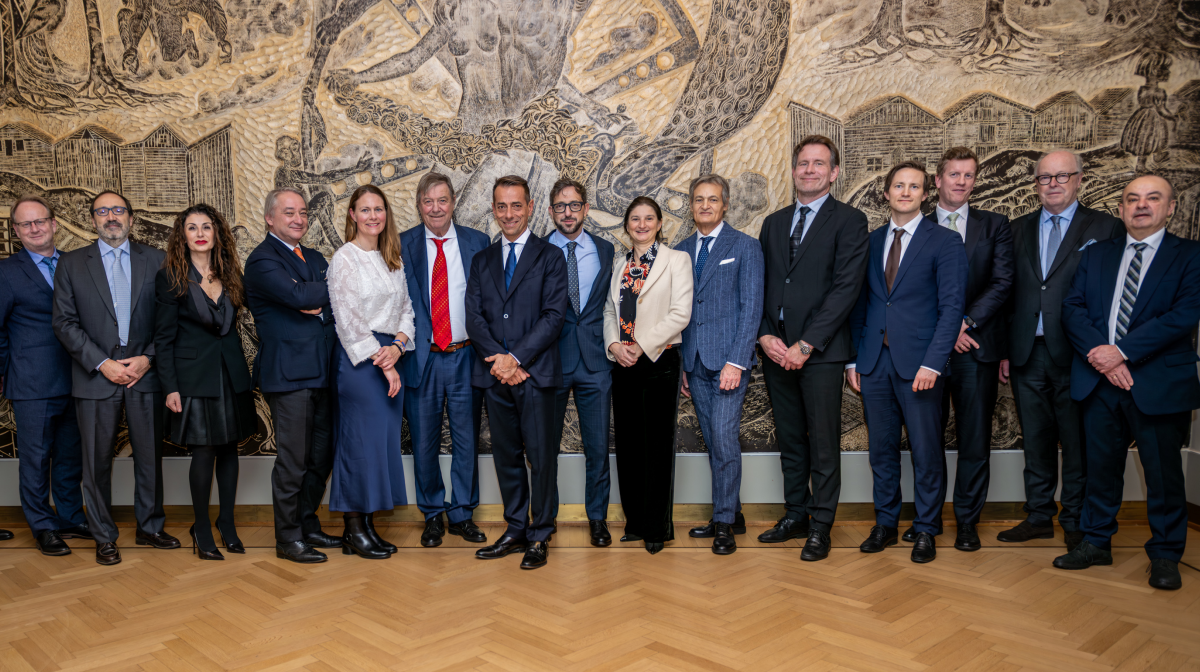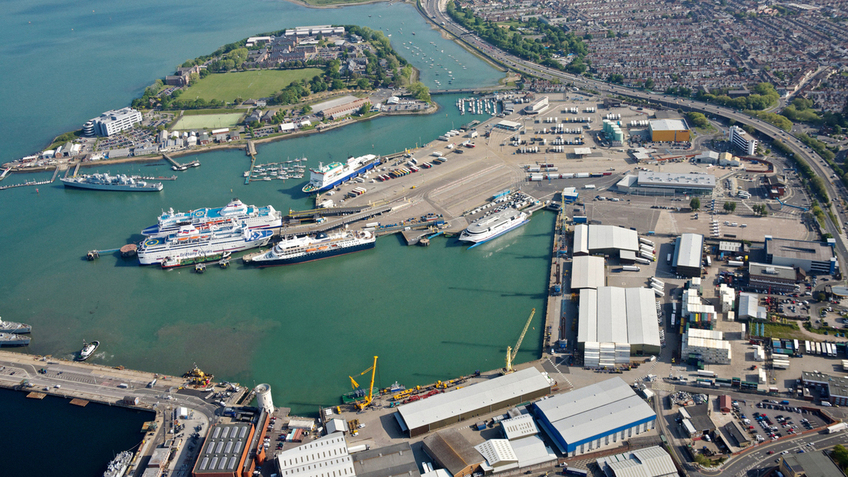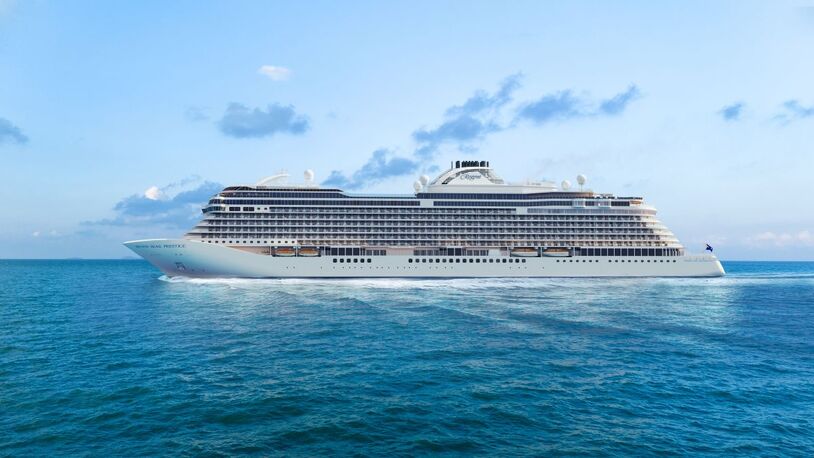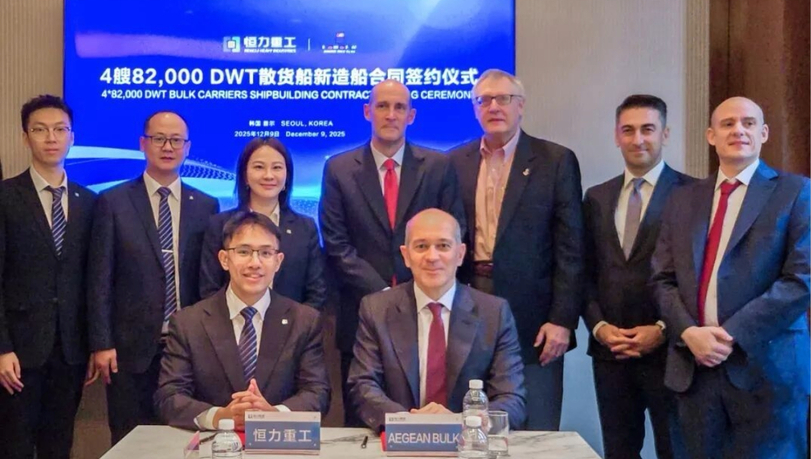Business Sectors
Events
Contents
Register to read more articles.
Holland America Line spearheads circularity, addresses recycling challenges
In addition to a pilot project focused on textiles, Holland America Line highlights how industry collaboration can tackle end-of-life aluminium furniture
Holland America Line has initiated a pilot project to reprocess aluminium cruise ship furniture, which includes addressing the issue of disassembly, as it continues its efforts to drive circularity in marine design.
The initiative involves searching for smelters which specialise in melting down and repurposing the waste metal which is designated as a critical raw material. As such, it is deemed to be both of high economic importance and at risk of supply issues in countries including the US and Europe.
Holland America Line and Seabourn director of interior design My Nguyen is a passionate voice for the industry and tells Passenger Ship Interior & Refurbishment Review how the latest pilot project has set its sights on outdoor furniture.
She says, “We are heavily focused on what we do with our outdoor aluminium furniture. Cruise ships have tonnes of aluminium because it is one of the most durable products you can have when it is exposed to salt water, and people want to lounge on balconies or outdoor pool decks, and a lot of those frames are made from aluminium.”
Ms Nguyen says it is crucial for interior designers to have discussions with vendors to devise how products can be constructed to be disassembled in the easiest and quickest possible way at end of life. The key is to design the product so disassembly does not interfere with timely ship operations. The ability to ship the furniture in consolidated parts reduces the shipping footprint and opens more doors to who will take back the aluminum.
“We know we have thousands of pieces of aluminium furniture that will need to be replaced,” she continues. “We have already ordered the replacements, but what are we going to do with the old furniture if it cannot be donated? The goal is to create an ecosystem of partners. This involves companies to take the aluminum in its end-of-life state, and vendors that buy this aluminum to create furniture that goes back on our ships. The brands can make a business case to be cost favourable since they have a desired commodity; the aluminum can be purchased by vendors to create more furniture to put back on the ships; and nothing goes into landfill.
However, Ms Nguyen says one of the major hurdles, as an industry, is co-ordination and creating enough volume. She cites large drydocks, such as Freeport in the Bahamas, as providing an ideal opportunity to drive such an initiative.
“We need volume, and that’s when it’s a call to the whole industry,” she continues. “If we can get all our volume together, we can push this towards smelters which take aluminium, melt it down and redistribute it. That can help with the whole circulatory vision, but there are the logistics of getting it off the ship and disassembling it to get it to the smelter, for them to be interested in the product. It also involves making sure the alloys in the aluminum furniture are desirable for the smelters.”
While Ms Nguyen says she is “100% hopeful and optimistic” a solution will be found, it is not a simple process.
Ms Nguyen says she views the pilot project in two parallel paths, with the first being the recognition that cruise lines have a product that has value even at the end of life.
“The second path is if the product was designed in a way that could be disassembled quickly, we have more opportunity for how we are going to offer it.”
Ms Nguyen says in five years, she hopes the industry, with their manufacturers, will have designed a practical and easy way to take furniture apart.
She says, “If the industry designed in a way that things could be disassembled, if we had partnerships with smelters and aluminum factories that knew they could anticipate this volume they could take back and sell to people that need aluminium, and that money can go back into the industry and back to the brands, it feels like a win-win. It is a complicated web of who and how this gets done, but we have a great opportunity to seize a product we know is valuable even at end of life. We need to find something to do with aluminum furniture and it needs to go back into the ecosystem in a way that will be better for the world and better for finances. I am hopeful we will figure out how to do it as an industry.”
Holland America Line can already reflect on the positive impact of initiatives with associated land partners aimed at finding solutions for recycling waste as a resource in a circular economy.
Ms Nguyen recalls how the “first seed” was sown following a pilot project with Dansk Wilton some four years ago, which resulted in carpet waste being recycled into notebooks and other prototypes including coat hangers, signage and coasters. Dansk Wilton also produces carpets using undyed wool in neutral colours, which was used in the cabins of Holland America Line’s newest ship, Rotterdam.
“When I started doing that, I knew this is possible. If we talk to like-minded people that are passionate about the same thing, we can get more done. That’s when we started venturing into what we do with textiles and what we do with furniture.”
A subsequent project with Turkey-based woven fabric producer Andriali Contract saw textiles removed during drydock, including pillows, draperies, bed runners, bed skirts and towels. They are being sent to Andriali Contract to be turned into yarn samples which could be repurposed into fabric to be reused on cruise ships.
Ms Nguyen says she is so committed to recycling, it is a big part of the conversation when discussing interior design with manufacturers.
She continues, “I would love to influence the industry so they are thinking about that too. We have so much power as interior designers; people may not realise how much we can innovate with vendors to make it sustainably easier for this whole eco-system.”
That influence is proven, as Ms Nguyen recalls a recent meeting with German textile company Delius.
She says, “The gentleman showing the product said he saw me speak at the Sustainable Design Summit two years ago and it made him think about how he could apply it to his company. He showed me a product that was made out of 100% recycled product that was very attractive, and checked the boxes on aesthetics, IMO requirements, sustainability and price point. That was the product of having conversations and having a lightbulb go on. Other textile companies such as Testori and Xorel, to name a few, have taken conversations and turned them into amazing products. It is so rewarding to see ideas turn into innovation.”
Summing up, Ms Nguyen stresses how important it is for brands to ask themselves ‘why’ questions when it comes to sustainability and circularity, including why would or should we do this?
She says, “At some point the world is going to tip when everyone must do it. Right now, people know it’s out there, some people are doing a lot while others are waiting to see or saying it will cost more money, which is not always the case. We have to do something now. I want to be at the forefront to help people understand the importance of it not just from a financial standpoint, but also from a human responsibility standpoint. The timeline of when we have to be reactive is going to come sooner than people realise. I want us to be as proactive as we can, not just for the company, but for the whole industry, which I love and want to succeed and thrive.
“We do this because there is such a great opportunity to do good and it takes all our individual efforts to talk to each other and figure this out together. My learning and my message are the more pilot projects you do is important, because we are going to run out of time if we focus on one thing that might take four years to develop. We might be figuring out textile waste, but not figuring out what we do with furniture and aluminium.”
Sign up for Riviera’s series of technical and operational webinars and conferences:
- Register to attend by visiting our events page.
- Watch recordings from all of our webinars in the webinar library.
Related to this Story
Events
Maritime Regulations Webinar Week
Floating energy: successfully unlocking stranded gas using FLNGs and FSRUs
© 2024 Riviera Maritime Media Ltd.

